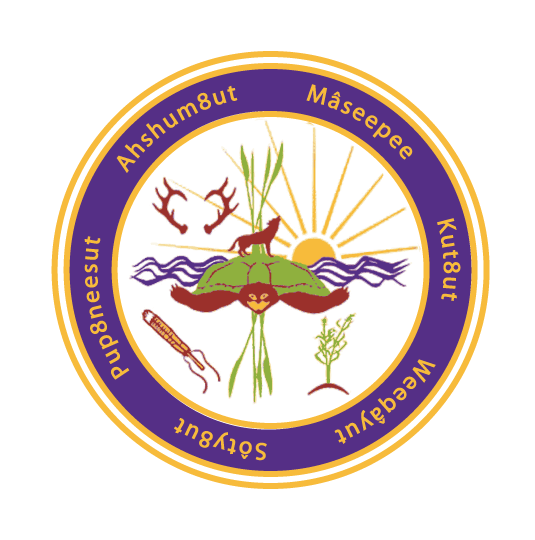On a late weekday evening in the early part of November, MWT Emergency Management Director Nelson Andrews Jr received a phone call from a reporter named Allison Herrera who mentioned that she was referred to him as a subject matter expert on tribal emergency management issues. Director Andrews learned that Ms. Herrera was with the Indigenous Affairs desk at a national magazine called High Country News and that she was doing a story on the disparities that tribes face when it comes to disaster aid and federal support following disasters in indian country. Nelson provided some insight to Allison during over the course of several interviews.
In the last decade, more than 70 natural disasters have occurred on Tribal lands, with some communities being hit more than once a year. According to an analysis from the Center for Public Integrity, Tribal nations were on average more vulnerable than the U.S. overall during the same period, based on measures such as unemployment and income. Yet, in the span of one year, they receive less than half of what the Department of Homeland Security grants states for recovery efforts daily. Data from the National Congress of American Indians show that U.S. citizens receive, on average, about $26 per person, per year, from the federal government, while tribal citizens receive approximately $3 per person, per year.
“There are huge gaps in the way the federal government responds to tribes when a natural disaster occurs,” said Nelson Andrews Jr., emergency management director for the Mashpee Wampanoag Tribe.
For every region, one tribal liaison navigates tribal agencies, approved contractors, the federal government and tribal council. And while tribes can apply for grants from FEMA to get help financing a hazard mitigation plan, there’s no guarantee the agency will provide funding. Without a FEMA-approved mitigation plan in place, tribes are not able to receive funding for permanent, non-emergency repairs or long-term mitigation measures, Andrews Jr. said. And yet, as of 2018, around 30% of tribal nations had an approved plan.
Nelson Andrews Jr. and other tribal emergency managers have urged Congress to increase their natural disaster aid next year. The amount has been stagnant for more than a decade, he said, and that’s unacceptable.
When the emergency managers propose that new budget, they want to drive home one point: Equitable disaster funding must be achieved for tribal communities to protect their citizens and ensure their continued sovereignty.
“It’s basically like you're setting us up to fail,” said Andrews Jr.
This story is part of a series about the insufficient protections for vulnerable people as natural disasters worsen in a warming climate.


